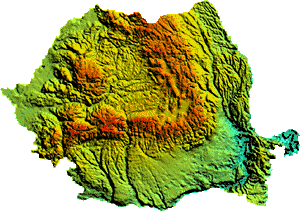

flora safari, nature and traditional food
tours Romania
|
gps in the field |
|
faculty of environmental science and engineering |
|
Colchicum triphyllum Kuntze from the steppe grasslands of Dobrudja, the first flower of February and early March in the historical scythian steppes near the Black Sea (picture by dr. Marius Fagaras) The tours proposed below are orientative. If you are interested in some particular things you want to see the schedule can be modified according with your objectives. The tours can be organized by request for a group of 5 to25 persons. The transportation can be organized according to the preferences of the group - by bus, rented cars, rented 4X4 vehicles, by rented mountain bikes, ATVs, by foot with rucksacks, etc. These modalities certainly can be used interchangeably during the trip according with the characteristics and group's preferences for the current trip. Also the conditions for hosting during the tours can be modified accordingly. After you contact us, we will discuss the tour in all detail. All the tours will be conducted by at least two trained good naturalists from Romania, all of them involved in conservation programs, all having PhD and MSc degrees. They will be eager to offer you the best experiences with biodiversity. Please mail us at tours@transsilvanica.net. During June - 'Early summer in the country beyond the woods' - Transylvania and the Carpathians around, 7 days. First part of July - 'In the shaded mountains of the east' - Oriental Carpathians, 8 days. Second part of July - 'The Transylvanian Alps' - Meridional Carpathians, 8 days. Other tours - discussed and assembled with the groups interested. All the tours proposed above will soon have their individual web pages with detailed descriptions. Note that during the trip no biological materials are allowed to be collected the intention of the tours being knowing by viewing and photographing with the less amount of disturbance possibly for the nature. Most of the trips will be within protected areas so we all need to obey the national and local regulations accordingly. Only in case we make some discoveries (new populations of rare species, new species for the regional or national flora, etc) some samples will be taken for public herbaria for scientific purposes. Bulbocodium vernum L. a very rare species with a curious ecological and geographical disjunction (present in the boreal grasslands from the Alps and the Apennines and in the forest-steppe meadows from Pannonia, Transylvania and north from the Black Sea. It is one of the first flowers to color the grayish-brown nuance of the last remaining meadow-steppe ecosystems of Transylvania in late March. Photograph by Dan Turtureanu, PhD student. |